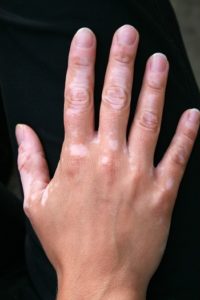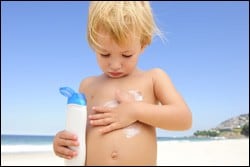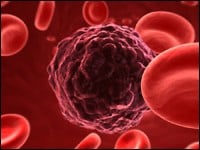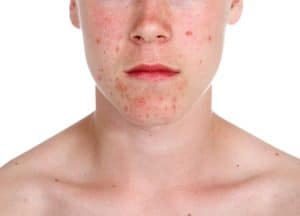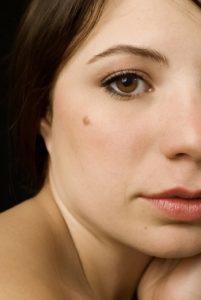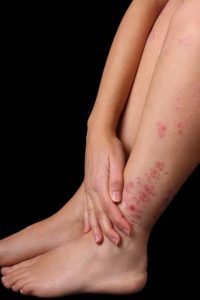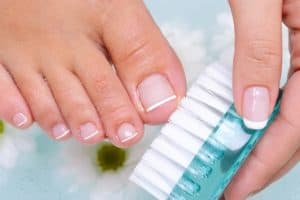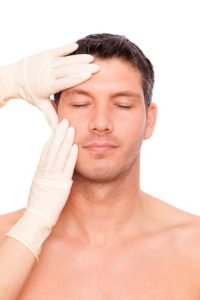Warts are small, harmless growths that develop on the skin. You may notice only one or they may grow in clusters. While they are usually painless, sometimes they can develop in places like the soles of the feet (known as plantar warts), which can be uncomfortable. Common warts often appear on the hands and arms while flat warts develop on the face and forehead. Plantar warts are typically found on the soles of the feet. Apart from developing these skin-colored growths, there usually aren’t any other symptoms associated with this condition.
What causes warts?
Warts are caused by an infection known as the human papillomavirus (HPV). There are more than 100 strains of HPV that can develop in different areas of the body, from the mouth and skin to the genital region. The type of HPV that causes warts on the hands, feet, or rest of the body isn’t the same type that causes genital warts.
How do I treat warts?
Warts usually go away on their own once the body fights the infection; however, it can take months to years for the wart to go away. Therefore, if you feel embarrassed by the wart or if the wart is in an awkward or uncomfortable place then you may choose to visit a dermatologist to have it removed. If you are a healthy individual you may also consider trying an over-the-counter wart removal option before turning to a dermatologist.
You should see a dermatologist if:
- Warts are spreading or getting worse
- Warts aren’t responding to at-home treatment
- They can develop on your face or genitals
- Warts are painful, bleeding, or itching
- You have a weakened immune system
- You have diabetes
When you visit your dermatologist, they will first need to make sure that growth is a wart. Depending on the type and location of warts, your skin doctor will talk to you about your treatment options. Common ways to treat warts include,
Salicylic Acid
This topical treatment is often used on warts of the hands, feet, or knees, and you will need to apply the topical treatment daily for several weeks. After the solution is applied you will also use a pumice stone to file away the dead outer layer of skin from the wart. The acid treatment will continue to kill the wart layer by layer until it’s completely gone.
Freezing the Wart
This is another common method for removing a wart. Liquid nitrogen is sprayed on the wart to freeze it. This is also referred to as cryotherapy. More than one liquid nitrogen treatment session may be needed in order to completely remove the wart.
Other options for removing a wart include burning, cutting, or removing the wart with a laser, and these treatment options are often used on warts that don’t respond to the other treatments above. If you are dealing with warts and want to turn to a dermatologist to have it removed, then call to make your next appointment.




